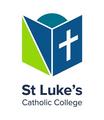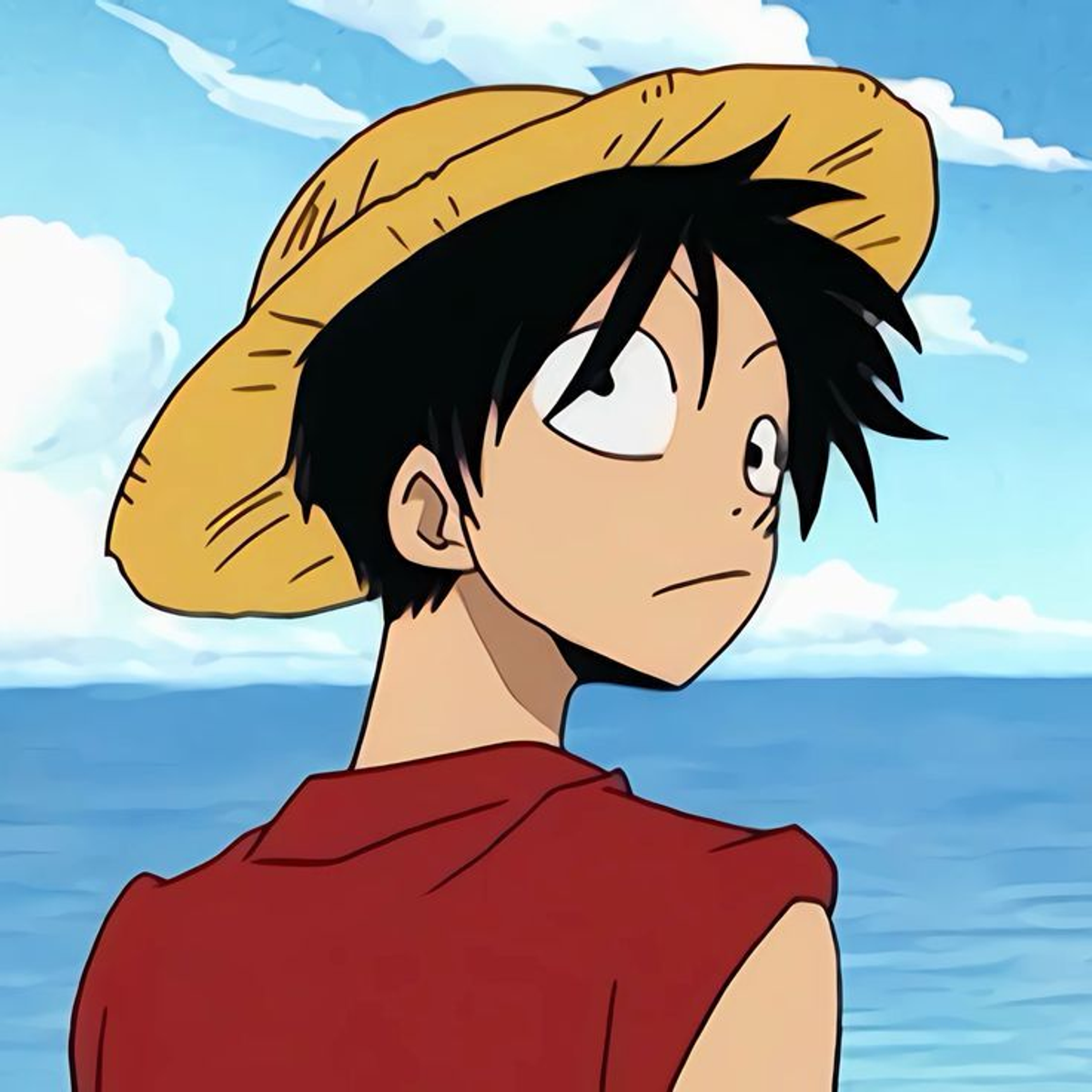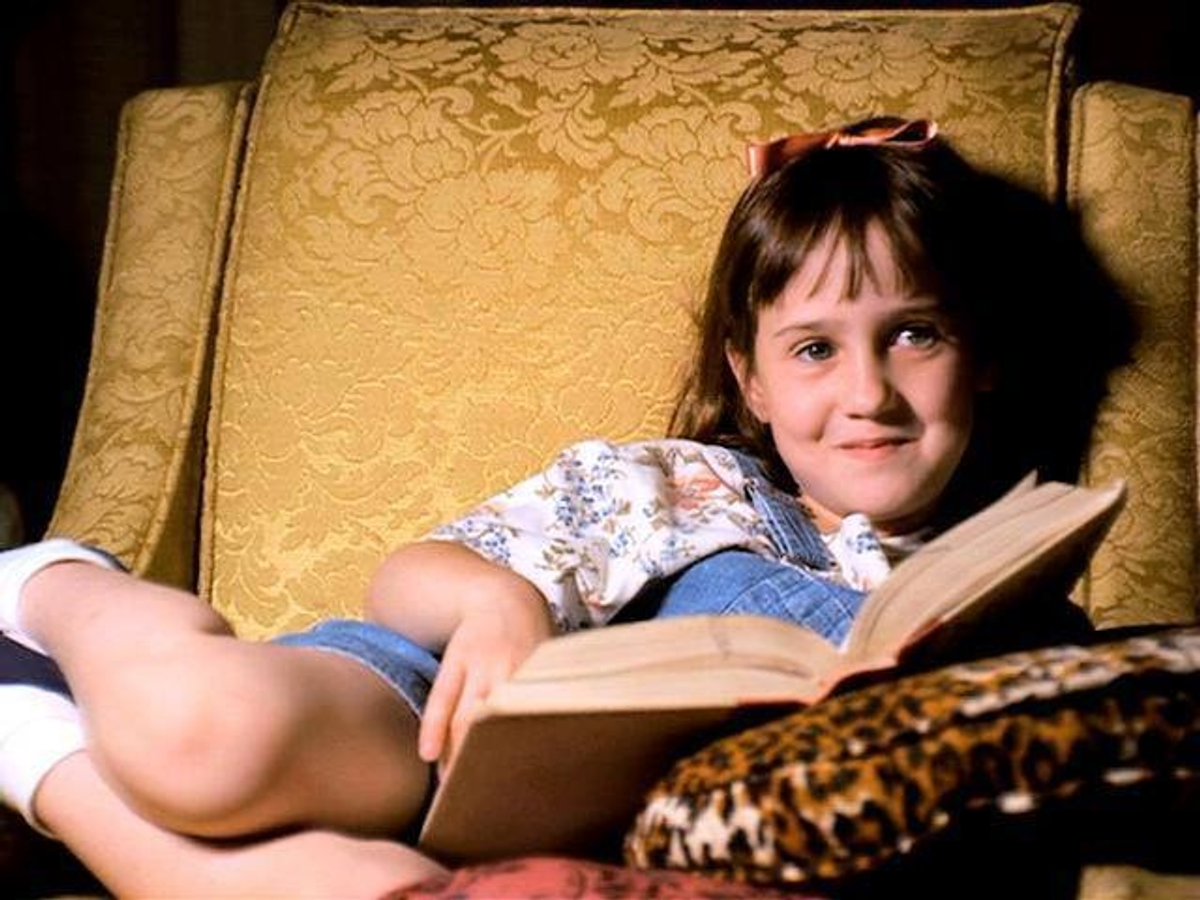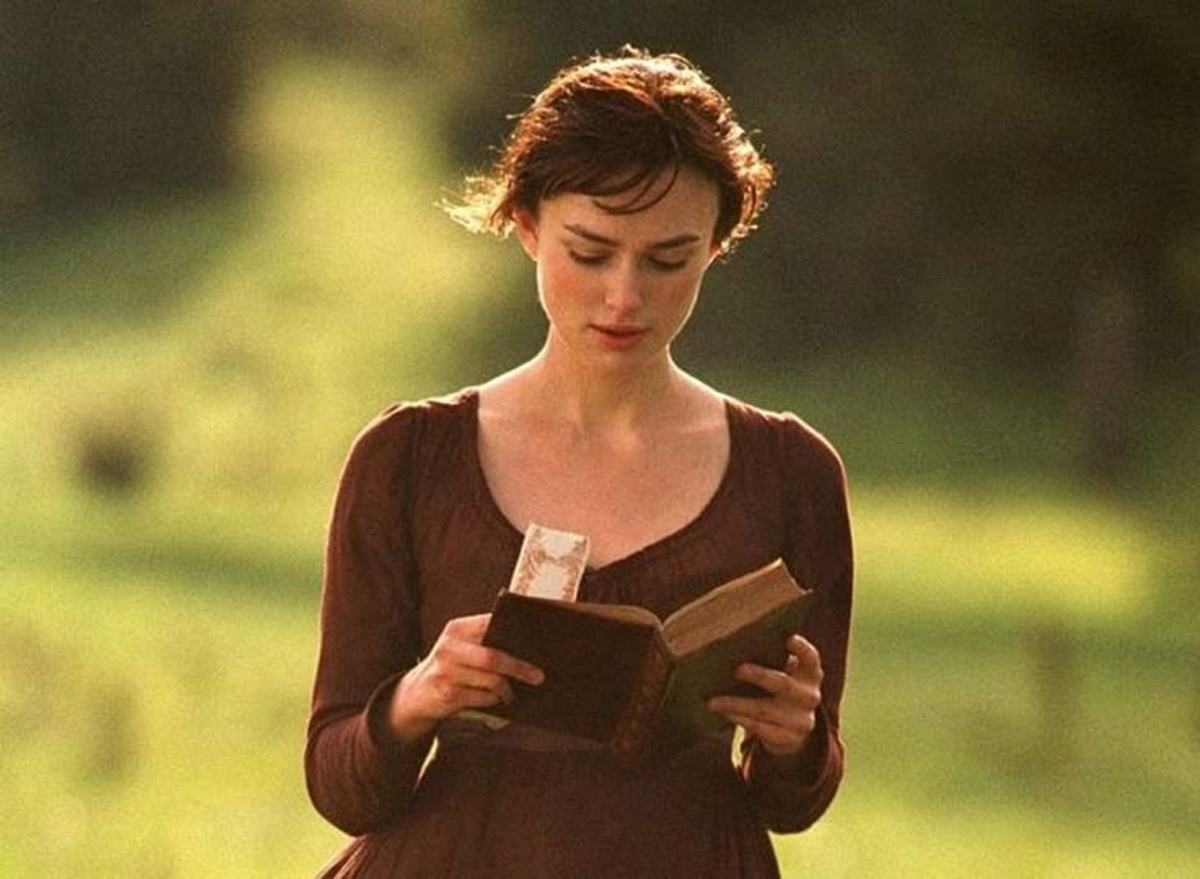Student Edition

Traditional Or Modern Learning
A comparative article written by Aarna S
During this week, my friends and I contemplated the rousing question of whether our traditional method of teaching with the aid of teachers is becoming outmoded? While some argue that the all-knowing computers are the catalyst to future education, others stress that holistic learning in the presence of teachers is unquestionably the highlight of the teaching-learning process.
Learning with the aid of teachers enables a child to flourish into productive and persistent individuals, thereby leading to their overall development. Teachers have experience and expertise in their field, which can result in students learning more efficiently and effectively. Teachers bestow constructive feedback which is the basal of learning. It not only succours the students by giving them an insight of what needs to be attained or refined but also provides teachers with strategies to assist students in executing their goals. Furthermore, we find that there are some individuals who require special and empathy through the presence of determined and compassionate educators prepared to go the extra mile.
To delve deeper, these educators are known for the fun-filled atmospheres they form for each individual. Recent studies have shown that creating a positive atmosphere is not all that challenging but the outcomes are quite imposing and far-reaching. Having an optimistic environment enables a student to absorb the information with great diligence and respond with esteem. Additionally, teachers can easily break the monotony and form tasks which are enjoyable as well as academic. From all of this information, we can conclude that every action performed by a teacher results in a student's growth, flourishing and satisfaction.
On the other side of the spectrum, once could gain access to an unlimited storehouse of information at a personalised pace. With access to technology, students can form their own learning playlist. This strategy promotes flexibility and individuality, which can form better engagement and finer learning outcomes. Computerised learning also provides valuable data on the student's performance and preferred learning style, thus providing them with greater visibility on their progress.
The main advantage of replacing teachers with computers is that they have an infinite amount of knowledge. Computers store terabytes of data and provide students with the most comprehensive details. This refines a student’s learning experience and keeps them up to date by supplying reliable and accessible information at the speed of lightning. Based upon UNESCO data, we learn that 244 million children aged around 6-18 worldwide, still don’t receive education. Imagine the possibilities that computerised learning can bring to this daunting challenge!
While many people argue about computers replacing teachers, others vehemently oppose it. Although a teacher has plenty of expertise within their topics, computerised learning can provide more detailed and accurate responses which cater to the students’ questions. But if one ponders extensively upon this topic, a computer cannot simply hold the emotions and ability to empathise with a student as efficiently as a teacher. Going further in the argument, we may say that one teacher cannot serve the needs of thirty students while a computer can provide personalised learning based upon the student’s interests and ability to respond proficiently. At the same time, a teacher can quickly recognise if their students find a task tedious, but a computer will not be able to identify any such situation. The list of these comparisons is never-ending and ultimately it depends upon the place and situation what serves better- computers or teachers.
There is no doubt that computerised learning bestows countless opportunities for one to grow as a student, but at the same time, the essence of traditional education is fundamental to the teaching-learning process. Teachers are a student's support system, mentors and best friends, while computers enable a child to receive learning to cater their individual needs. As we traverse through this era of technological advancements, I believe that we are blessed to have both computers and teachers as a part of our education systems. Computers shouldn’t be replacing teachers but indeed working alongside them, to form diversity and shape the thinking of future generations. So, let us continue to hold the beautiful teacher- student relationship with the aid of computers for many generations to come.
Garden of Metaphors
A figurative essay written by Sukhmani K (Year 9)
Gardens are gorgeous. Not just the kind we plant but the kind that represents our growth. We’re just like flowers, we all bloom at the right time and in our own ways. The first metaphor is ‘A flower can’t thrive in the wrong soil’. Just think about it, planting a seed in a dead, lifeless soil would never let it grow. No matter how much potential that seed may hold, it will struggle, it will wither and perhaps never bloom. Now, imagine planting that same seed in rich, healthy soil, it will flourish effortlessly. Similarly, just like how flowers need nourishing soils to grow, we also need the right circumstances, mindset and people around us to truly blossom. If we plant ourselves in toxic environments or with wrong influences, it becomes difficult to discover our best versions of ourselves. Instead, if we remove ourselves from harmful environments it will give you the opportunity to completely transform your life. This reminds me of a saying, ‘You cannot change the people around you, but you can change the people around you’. You can’t force the people in your life to change but you have the power to make that decision. By planting ourselves with new positive people, we will get one step closer to success.
The next metaphor in our garden is ‘Tend to your garden, and butterflies will come’. From a young age, we’ve been told to chase success, chase our dreams, relationships and happiness because if you truly want you should run after it. Yet, when we chase butterflies they always seem to fly away further. This metaphor highlights the idea of chasing external validation, often leading us to nowhere. Instead when we focus on ourselves, your energy, your mind and your soul, the right people and blessing will naturally be drawn to you. Butterflies don’t land on chaos, they are attracted to peace. Magnetism over chasing.
Metaphor three, my personal favourite is ‘A Rose will never be a Tulip and that's the beauty of it’. Straightforward but meaningful. If roses spent their entire lives wanting to be a Tulip or vice versa, imagine how sad that would be. They’re both beautiful in their own ways. This quote is a lesson on self acceptance and not comparing ourselves to others. A rose isn’t better than a tulip, nor is a daisy prettier than a sunflower, they’re all just different. And the truth is, neither of them is meant to be each other. A rose is stunning because it is a rose and a tulip is stunning because it is a tulip. Their beauty can’t be compared, it simply shines in its own ways. Just like that, in life we are who we are meant to be. If we spend our existence on how to become someone else we will lose our internal beauty in the process.
‘Storms helps the roots grow stronger’. This metaphor is in our garden because of the significance it holds. Flowers need rain to thrive and we need challenges to survive, simple as that. This reminds us that adversity is necessary for growth. Like when working out we may feel like we are getting weaker but in reality we are gaining muscles. Our lifes work the same way. Obstacles, setbacks and failures are storms that may feel like they are breaking you but they are actually strengthening you, helping you to build resilience. Without struggles there is no growth.
The last quote we’ve got in our garden so far is ‘Some flowers bloom in the spring and some in fall’. Not every flower blooms at the same time. Some now, some later but no one ever questions their timing because nature understands it is never late. Just like us. Some people find success early on in life, while others find success later on in life. But both of them bloomed at the right time.
Sydney's Sizzling Food Scene: A Guide to the City's Hottest Culinary Hubs
A trendy guide written by Tanreet M (Year 9)
Sydney's dining scene is a vibrant tapestry, offering diverse flavors from 5 star restaurants to food trucks on the streets. Whether you crave authentic street food, innovative modern Australian, or global delights, the Harbour City's hot spots will tantalize your taste buds. Surry Hills remains a culinary powerhouse. Crown and Bourke Streets brim with acclaimed venues like Nour for Middle Eastern, Via Napoli for Neapolitan pizzas, and Arthur for modern Australian. Wunderlich Lane offers Gelato Messina, Olympus Dining (Greek), and Island Radio (Southeast Asian). It's also a coffee haven, with Bills and artisanal bakeries.Chinatown (Haymarket), centered on Dixon Street, showcases a diverse mix of Chinese cuisines. Nanjing Dumpling offers xiao long bao, while Spicy Joint is a go-to for Sichuan. Explore the Friday night market or Market City's food stalls.
Nearby Darling Square offers modern Asian interpretations.Marrickville is a testament to Sydney's multicultural fabric. Illawarra and Marrickville Roads are a haven for Vietnamese, with Banh Cuon Ba Oanh and Alex 'N' Rolls. Greek heritage is evident at Athena Cake Shop. For a quintessential experience, try VN Street Foods then Gelato Franco. Emerging hotspots include South Eveleigh, transforming historic railway workshops into a dining hub. Lucky Kwong offers Cantonese canteen fare with a focus on local produce. Barangaroo, a waterfront precinct, boasts impressive dining with continuous harbor views.Sydney's scene is buzzing with new trends: a renaissance in authentic Japanese cuisine (Joji Sydney), the rise of multi-venue hubs like The Collective in The Rocks, and a growing appreciation for value, authenticity, and plant-based options. From established favorites to exciting newcomers, Sydney's culinary landscape is an endless delight.
Why St Luke’s Should Start an Anime Club
A proposal written by Tara P (Year 9)
Anime has become one of the most highly viewed forms of entertainment around the world. From emotionally touching stories to inspirational characters, anime has captured the hearts of millions, including countless students right here at St Luke’s. Whether it’s One Piece, Demon Slayer, Your Name or Haikyuu!! Anime connects people through a shared passion. That’s why I’d like to bring in the idea of starting an Anime Club at our school. This would be a welcoming space where students can explore their interests, express themselves freely and create a sense of community.
More Than Just Cartoons
Anime is often overlooked as “just silly cartoons,” but it’s so much more. These shows tackle powerful topics, including grief, friendship, perseverance and so much more. Shows like Violet Evergarden, Death Note and Attack on Titan leave lasting impressions and often make us think deeply about the world around us.
A Club for All Genres and All People
Anime is not a single genre, it’s a universe of stories. An Anime Club would welcome everyone, whether you're into:
- Action & adventure
- Romance
- Slice of life
- Horror or mystery
- Comedy, fantasy, sports, sci fi and many more
Whether you're a long time fan or just curious to see what anime is all about, there will always be a place for you in this club.
What the Anime Club Could Look Like
If approved, the Anime Club could:
- Host watch parties, discussions, and manga reading sessions
- Learn about Japanese culture and language
- Organise fun events like trivia contests or movie nights
- Create a safe, fun space for students to express themselves and connect
Why It’s More Than Entertainment
Anime can be educational too. It teaches us about science (Dr. Stone), biology (Cells at Work!), Japanese history (Inuyasha, Demon Slayer) and even how to handle emotions (Literally any Slice of Life). It promotes thinking, empathy and many more.
What We Need to Get Started
At this stage, the Anime Club is just an idea, but a great one. To make this reality, we’d need:
- A group of interested students (Years 7-12)
- A teacher or staff member willing to be an advisor
- A time and place to meet
If you’re interested in helping make this happen or would like to support the idea, let’s show that there is excitement behind it. The more student voices behind the proposal, the more likely it is to be approved!
Click this link to sign up!: https://forms.gle/gAYEWdayhgzjegSa6
The Movie Review Series - Edition One: The Reader
Hi there, reader! Fellow movie addict, speaking.
Everyone has a little cinema in them, whether it be the confidence of Elsa (Frozen Franchise) or intelligence and wit of Hermione Granger (Harry Potter Franchise), the characters in the media we consume all hold a little part of the hearts and personalities we’ve been moulded into today. As a movie fanatic, I can assure you that my personality is the reflection of the hundreds of characters that inspire me, anger me or uplift me in theatre. This Movie Review series will hone in on types of characters seen in film, major themes in these films and how they can apply to your life!
Today’s edition is on the character of the reader, a character consumed and known for their love for literature, books and the sort. I’ll give you a brief overview of the movie, characters and their reading list. Read further to learn more about these characters and their cinematic performances!
- Matilda (1996)
Matilda is the story of a young girl with a passion for literature and knowledge, raised in a negligent family where education isn’t the priority, rather punishment and appearance. When Matilda is sent to the disciplinary Crunchem Hall Primary School, under the rage of her headmistress Mrs Trunchbull, she discovers her telekinetic powers and befriends her teacher, Miss Honey.
Who was she?
Matilda is the avid representation of the childhood bookworm. When she was 4 and left alone in her house, she discovered a nearby library and spent her days reading sections above her and wheeling carts of novels back to her house. When she was told she couldn’t read by her cruel father, Matilda wept in her room, hoping for a fantasy as colourful as the chivalrous novels she read.
Matilda’s Reading List
Animal Farm by George Orwell
Oliver Twist by Charles Dickens
Nicholas Nickleby by Charles Dickens
Oliver Twist by Charles Dickens
Jane Eyre by Charlotte Brontë
Pride And Prejudice by Jane Austen
- Harry Potter Franchise (2001-2011)
The Harry Potter Franchise is only one of the most historic fantasy franchises in the history of cinema. It follows the journey of Harry Potter and his friend Hermione and Ron, as they strive to defeat the Dark Lord, Voldemort. In this franchise, Hermione Granger was the most remarkable witch of the time.
Who was she?
Hermione was, quote, "the cleverest witch of her age" (Remus Lupin). Prior to her arrival at Hogwarts, she had read literature and the histories of all subjects, instantly able to impress professors with her agile and accurate responses. In all scenarios, her vast range of knowledge assisted in keeping Harry and Ron going in their pursuit to defeat the Dark Lord.
Hermione’s Reading List
The Standard Book of Spells (Grade 1) by Miranda Goshawk
Magical Theory by Adalbert Waffling
A Beginners’ Guide to Transfiguration by Emeric Switch
One Thousand Magical Herbs and Fungi by Phyllida Spore
Magical Drafts and Potions by Arsenius Jigger
Fantastic Beasts and Where to Find Them by Newt Scamander
The Dark Forces: A Guide to Self-Protection by Quentin Trimble
- Pride and Prejudice (2005)
Pride and Prejudice is a remake of the novel ‘Pride and Prejudice’ by Jane Austen written between October 1796 and August 1797. This novel and movie follows the love story between Mr (Fitzwilliam) Darcy and Elizabeth Bennet as they combat their dislike of each other and fall in love against all odds.
Who was she?
Elizabeth Bennet, "Lizzy," as her loved ones call her, is known as the intelligent, independent, and bibliophile of her four siblings. She converses herself in literature all day and defies the odds of her conformed society with her chaotic and witty manner of carrying herself.
Elizabeth’s Reading List
The Nightingale by Kristin Hannah
Little Women by Louisa May Alcott
Jane Eyre by Charlotte Bronte
To Kill A Mockingbird by Harper Lee
Emma by Jane Austen
Overall, these characters all carry traits of independence, wit and courage, all which they have developed from books and poured out into their cinematically iconic roles. Thank you for reading.







